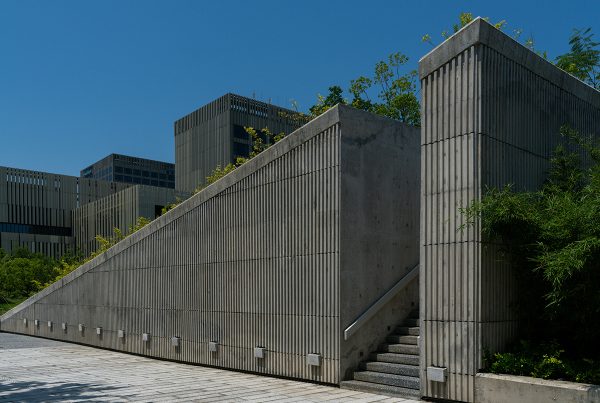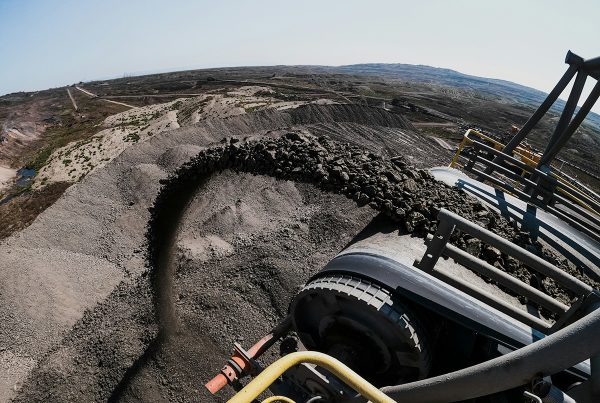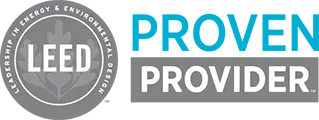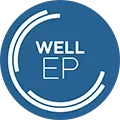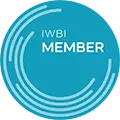Many industries are working to combat the climate crisis and avoid the point of no return from climate change and its consequences. Sustainable building standards matter more than ever now.
Leadership in Energy and Environmental Design (LEED) provides a framework for sustainable buildings and communities. Sustainable practices are ideally implemented throughout a structure’s entire life cycle, from production to deconstruction, to support a circular economy.
Consider the program’s latest update and how it can transform the market and promote sustainability.
A Quick Recap of LEED
LEED was developed by the U.S. Green Building Council and is the most widely used eco-friendly building rating system worldwide. This third-party organization awards points based on an individual structure’s or entire neighborhood’s energy efficiency and resource conservation. Evaluation is based on their energy, water, carbon, waste and human experience.
Since the initial release of LEED in 1998, the program has influenced sustainable construction and encouraged a commitment to environmental responsibility. Here are key milestones:
- LEED v1 (1998): Launched for commercial buildings
- LEED v2 (2000): Added four certification levels — Certified, Silver, Gold and Platinum — and points increased from 40 to 69
- LEED v3 (2007): Expanded to 110 points
- LEED 2009 (2009): Used feedback to make the system more flexible
- LEED v4 (2013): Updated requirements regarding carbon reduction and human health
- LEED v4.11 (2019): Added a carbon metric and raised the energy reference standard
There are many benefits of having a building certified with LEED. These structures contribute 50% fewer greenhouse gases and require 25% less energy than conventionally constructed buildings.
Major Updates in LEED v5
LEED updates are made in response to market changes. Launched in April 2025, LEED v5 aims to drive the market toward a near-zero carbon reality. Below are its three key impact areas.
1. Decarbonization
LEED v5 focuses heavily on ultra-low-carbon buildings, with decarbonization accounting for half of the certification points. This is in response to the demand for eco-friendly, resilient structures and is in direct response to extensive feedback from building owners, designers and sustainability experts.
Buildings that integrate renewable resources — such as low-carbon concrete, mass timber and recycled materials — throughout their lifespan can score higher in this category. These items reduce waste and can often be repurposed.
2. Quality of Life
Points have also been tailored to a building’s purpose. LEED v5 takes social impact into account by rewarding energy projects that support underserved communities and air quality strategies that can adapt to shifts.
3. Ecological Conservation and Restoration
This impact area focuses on how the buildings and their occupants affect the natural environment. It encourages the rehabilitation and protection of natural habitats. Restoring the ecosystem can benefit the space in many ways:
- Trees and other vegetation produce oxygen and offer shaded areas.
- Stable soil is less susceptible to erosion from wind or water.
- Biophilic design can enhance occupant well-being and support pollinators.
Opportunities of LEED v5
LEED v5 can motivate designers and developers to work toward a more sustainable future. The newest version of LEED moves to a five-year development cycle, urges continuity throughout a structure’s life cycle and adds new requirements to the highest level of certification.
Companies committed to eco-friendly methods and products can partner with LEED to increase energy efficiency, conserve resources and improve indoor environmental quality. Following the advised guidelines can reduce operating costs and increase property value. Being LEED certified also offers significant incentives, from financial advantages to a positive brand image and global recognition.
Challenges in LEED v5
The newest iteration of LEED is not without criticism. The new standards can be harder to meet, especially for projects that are smaller or more limited in resources. Due to the changes to the certification level requirements, a project that scored in a higher category before may not score as high in LEED v5, such as dropping from Gold to Silver or Certified.
LEED primarily uses intensive documentation as a means of proof rather than on-site verification, so the program is known for requiring a large volume of paperwork. Although LEED v5 promises to streamline this process, critics aren’t convinced that the performance tracking and certification process will be less demanding.
Here are a few concerns regarding eco-friendly design and management that must be overcome:
- High initial costs: Switching to sustainable technology and resources involves unavoidable initial costs, including developing needed infrastructure.
- Difficult integration: New features and systems might not seamlessly integrate with the existing structure or systems, so additional costs, time and labor must be factored in.
- Greenwashing: Companies that provide misleading information about their sustainability efforts can undervalue genuine efforts.
- Supply chain complexities: Essential materials can be hard to come by as demand rises.
Moving Forward With LEED v5
LEED v5 is a pursuit toward sustainability. This newest version emphasizes decarbonization, quality of life and ecological conservation. When new or existing structures demonstrate their commitment to these key impacts and have strategies in place to adapt to climate change, they score more points and rise in status as a sustainable structure.
Engineers, builders and policymakers should carefully consider LEED v5’s standards as they work toward a more eco-friendly future.



